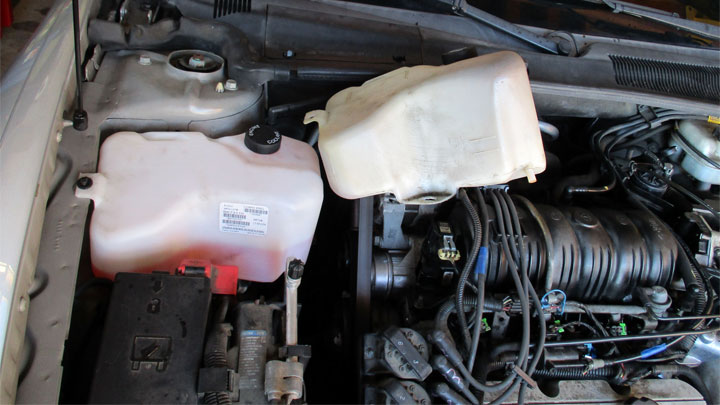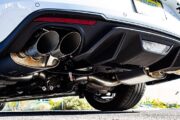The cooling system in your vehicle plays an important role in keeping the engine from overheating, but it can be complicated to know when your car needs a cool-down. Here are some signs that will help you understand when it’s time for a cool down session.
The cooling system is one of those parts of your vehicle that most people don’t really think about until there’s a problem. But once you learn more about what it does, you’ll understand why it’s important to keep up maintenance and repairs so that things stay working well.
Parts of a Cooling System

The cooling system in your vehicle is made up of lots of different components, but the two main parts are the radiator and the fan. The coolant (water) flows through these parts and passes over small tubes that contain water-cooled fins. The coolant then flows through the engine block where it comes into contact with the cylinder heads, which dissipates heat generated by the combustion process.
There’s also a coolant overflow tank which is used when the coolant has expanded due to increased heat or pressure. The coolant overflow tank allows excess fluid to flow back into the system so that it can be properly cycled through again without causing any damage.
The radiator is one of the most important parts of your cooling system because it’s what actually cools the engine down by using the fan and its attached pulley. The coolant passes over the tubes in the radiator, which then releases heat into the air around it. This causes the fluid to change temperature, which is then sensed by the temperature sender unit so that the engine computer can make adjustments as necessary. The fan turns on when the vehicle reaches a certain temperature and works with the radiator’s cooling power to cool things down even more quickly.
The condenser is another important part of your vehicle’s cooling system because it pumps out extra heat from inside the car. Air passing through the condenser causes the coolant to change temperature, which helps reduce overheating problems. The condenser is connected to the radiator by a hose that carries coolant from one component to another.
Common Problems With Cooling Systems

There are several things that can cause your vehicle’s cooling system to overheat, including low coolant levels, clogged radiators and broken fans. If you notice that your car is overheating, get it looked at right away before any serious damage occurs.
When you start your vehicle, the fan is supposed to come on and circulate air through the entire cooling system. If the fan doesn’t turn on, this can cause the engine to overheat. The most common reason for no fan operation is a faulty fan relay. The other main component of your cooling system is the radiator. This part helps dissipate heat from the engine by using coolant flowing through the core, which is then cooled by passing through fins and tubes. The coolant then flows back into the engine block where it gets heated up again.
If your vehicle has been running hot, you should have your cooling system inspected right away. You may need to replace a part or even your entire cooling system. It’s also important to keep an eye on your gauges so that you can notice when things are starting to overheat. If your temperature gauge starts climbing, pull over to a safe place as soon as possible and turn off your engine. Let the car cool down for at least 30 minutes before trying to start it again.
If you see steam or smoke coming from under your hood, this means that there’s a major problem with your cooling system. You should have your vehicle towed so that an experienced mechanic can look it over. The thing about overheating is that it can happen suddenly, which is why it’s important to always keep an eye on your gauges.
Buying Replacement Parts

When shopping for cooling system replacement parts, it’s important to find a part that’s going to fit right. You should also make sure that you’re getting the right kind of coolant for your vehicle, since this can affect how well the cooling system works. The most popular types of coolants are ethylene glycol and water. Ethylene glycol is more expensive but it lasts longer than water, which means that you can save money in the long run by using this type of coolant.
If your vehicle has a leaky radiator or hose (or even if you think it does), get it replaced right away to prevent further damage. If you’re not sure what kind of cooling system parts you need for your car, consult an experienced mechanic who will be able to help you find the right part.
A vehicle’s cooling system is an important component of its engine because it helps keep the temperature down. But if your car keeps overheating, you may need to get a professional inspection from a mechanic who can help determine what’s causing the problem.


